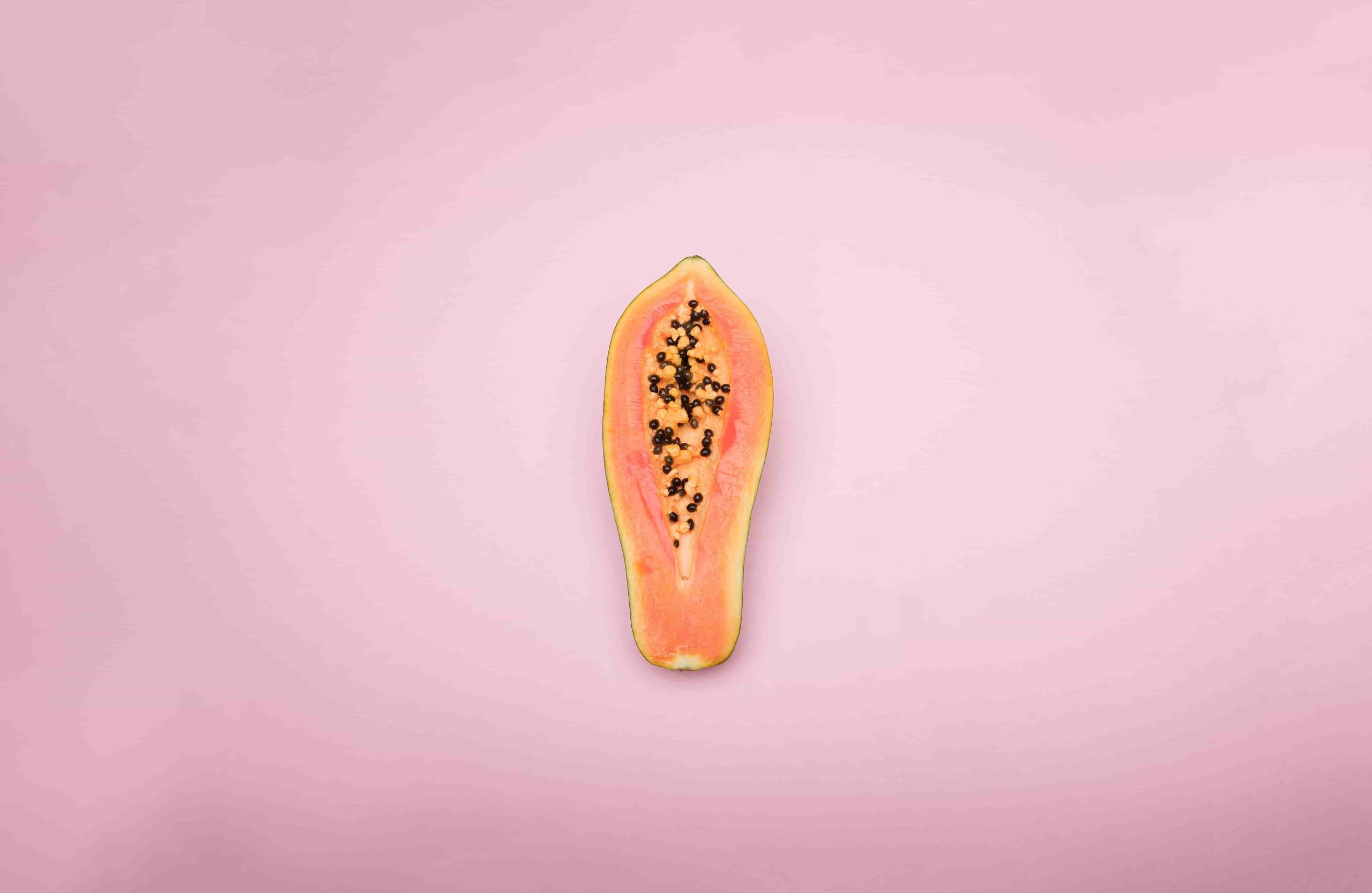The vulva area is one of the most sensitive parts of the body. Several substances or products can cause irritation to the area and result in vaginal pimples.
Vaginal pimples are common and rarely a sign of a serious condition. However, they can be very uncomfortable! No matter how pesky they are, it’s best to leave them alone and avoid popping them. Doing so may just make it worse.
Below are four of the possible causes of vaginal pimples, as well as things you can do to treat and prevent them.
Folliculitis
Folliculitis is the infection and inflammation of the hair follicle due to bacteria.
A follicle is a small skin cavity where hair grows. There are instances wherein the hair curls back into the skin, thus, causing irritation. Common causes of folliculitis are:
- Shaving
- Ingrown hair
- Tight-fitting clothes, or clothes that rubs off the skin
- Follicles clogged or irritated by sweat or personal products
- Using an unclean hot tub or swimming pool
Treatment
Folliculitis goes away on its own. However, a doctor may prescribe ointments or medications for severe cases or recurrent infections.
When the folliculitis has developed into a large boil or carbuncle (a cluster of boils), it may require a minor surgery to drain pus and relieve pain.
Prevention
If the infection was caused by hair removal treatments (shaving, plucking, or waxing), it’s best to avoid those treatments for 30 days.
Proper hygiene is important in preventing folliculitis, or any infection for that matter. Regularly wash your genital area with warm water. Changing your towel will also help in preventing folliculitis.
Contact dermatitis
Contact dermatitis is a reaction to materials or chemicals that can irritate the genital area. Possible causes of contact dermatitis are:
- Scented bubble baths and soaps
- Feminine hygiene products such as wipes, deodorants, lotions, or perfumes
- Tampons or sanitary pads
- Douches
- Spermicides, condoms, lubricants, or sexual arousal stimulants
- Topical medications
- Laundry detergent
- Sweat
- Vaginal discharge
- Urine
- Semen
Treatment
The rash often goes away once you’ve gotten rid of the irritant. Apply a cold pack to the area if it’s itchy. Sleeping without underwear may be more comfortable for you.
If the rash worsens or does not seem to go away, consult your doctor for proper treatment. There are medications and creams that can provide relief.
Prevention
Avoid irritants and allergens, such as heavily scented feminine products, bathroom tissue, and detergent.
Hidradenitis suppurativa (HS)
Hidradenitis suppurativa, also known as acne inversa, is a long-term skin condition that affects the sweat glands in the vulvar area. It causes pus-filled sores resembling pimples, which don’t heal easily and can leave scars.
Treatment
HS is a lifelong, recurring condition that can be difficult to manage. That’s why it’s crucial to consult a doctor when you start noticing symptoms. Medications can help in managing early stages of HS, while severe or persistent cases may require surgery.
Prevention
The exact cause for HS is unknown. However, experts suspect it to be connected to hormones, genetic predisposition, cigarette smoking or excess weight.
Molluscum contagiosum
Molluscum contagiosum is a viral infection that causes pimples to grow anywhere on the body, including the genital area. These pimples are called Mollusca. They are usually small, raised, and white or flesh in color. The Mollusca can look pearly and have a dimple at the center. Breakouts often clear up within 6-12 months, but can also take up to 4 years.
Treatment
In most cases, the bumps go away on their own within 6-12 months. For others — especially those with immune system problems — the bumps may remain for a few months up to a few years.
Prevention
Molluscum contagiosum occurs when you acquire the M. contagiosum virus. It can be passed on between people when there are lesions visible. It’s also possible to spread the virus from one area of skin on your own body to another part.
The best way to prevent the infection is to avoid touching the skin of another person who has it. Since the virus can survive on surfaces, it’s also best to practice proper hand washing and avoid sharing personal items.
Sources:
Pietrangelo, A. (November 14, 2016). Why Do Vaginal Pimples Form?. Healthline. https://www.healthline.com/health/womens-health/vaginal-pimples#_noHeaderPrefixedContent
Wilson, D. (January 26, 2020). How do you get rid of vaginal pimples? MedicalNewsToday. https://www.medicalnewstoday.com/articles/317810
Pimple on Vagina. (November 4, 2021). Cleveland Clinic. https://my.clevelandclinic.org/health/diseases/22019-pimple-on-vagina
Marhol, A. (February 3, 2023). Pimples on Labia: 4 Main Reasons They Happen. Flo. https://flo.health/menstrual-cycle/health/symptoms-and-diseases/pimples-on-labia-main-reasons#causes
Healthwise Staff. (November 22, 2021). Vulvar Dermatitis: Care Instructions. MyHealth Alberta. https://myhealth.alberta.ca/Health/aftercareinformation/pages/conditions.aspx?hwid=tw12153#:~:text=Do%20not%20douche%20or%20use,%2C%20like%20diphenhydramine%20(Benadryl)
Mayo Clinic Staff. (n.d.). Contact Dermatitis. Mayo Clinic. https://www.mayoclinic.org/diseases-conditions/contact-dermatitis/symptoms-causes/syc-20352742
Hidradenitis suppurativa. (November 6, 2022). NHS. https://www.nhs.uk/conditions/hidradenitis-suppurativa/
Biggers, A. (February 21, 2023). Everything You Need to Know About Molluscum Contagiosum. Healthline. https://www.healthline.com/health/molluscum-contagiosum



